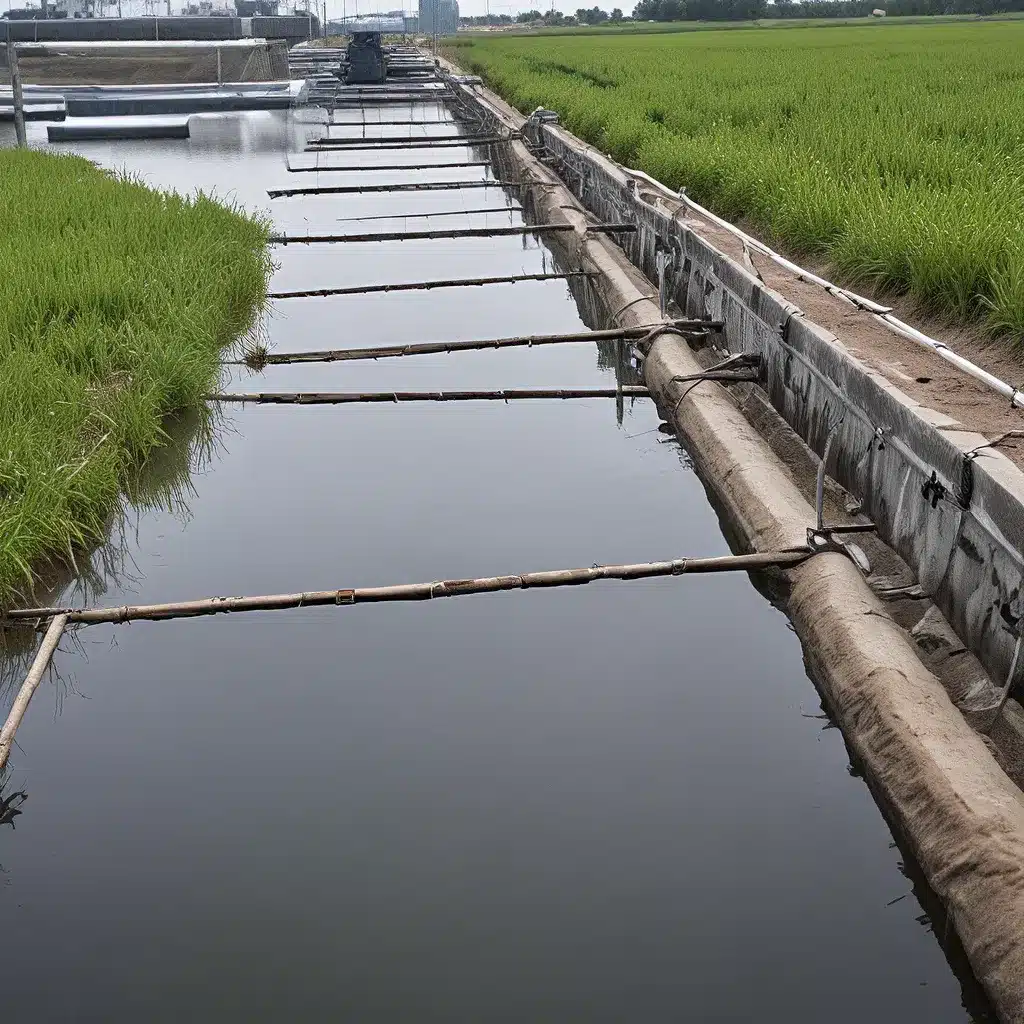
As the world grapples with the ever-evolving challenges of environmental preservation, the water treatment industry finds itself at the forefront of a revolution. Gone are the days when water treatment was solely about purification and efficiency. Today, it is about embracing environmental compliance as a driving force for innovation and sustainability.
Navigating the Regulatory Landscape
Encamp’s insights reveal a landscape that is rapidly changing, with a 30% year-over-year increase in EPA inspections and a staggering $1 trillion lost annually due to regulatory non-compliance. This shifting terrain demands a new approach, one that seamlessly integrates water treatment with environmental compliance.
Imagine a world where water treatment facilities can proactively audit governmental datasets, identifying potential risks before they materialize. By harnessing the power of data and technology, these facilities can stay ahead of the curve, ensuring regulatory readiness and mitigating the costly consequences of non-compliance.
Embracing Organic Coagulants
One of the most exciting developments in this evolving landscape is the rise of organic coagulants. As the organic coagulant market is projected to reach $29 billion by 2027, water treatment providers are embracing these eco-friendly alternatives to traditional chemical coagulants.
Organic coagulants, derived from natural sources, offer a compelling solution to the environmental challenges we face. By enhancing coagulation performance and tackling emerging contaminants, these innovative materials are redefining the standards of water treatment. Imagine a future where our water resources are cleaner, and our environmental footprint is reduced – all thanks to the power of organic coagulants.
Optimizing Coagulation Processes
The advancements in organic coagulant technology are truly remarkable. Researchers are pushing the boundaries, exploring ways to optimize dosage, improve floc formation, and enhance settling – all with the goal of maximizing treatment efficiency and minimizing environmental impact.
Imagine a water treatment facility that can seamlessly adjust its coagulant dosage to account for fluctuating water quality, ensuring consistently high performance without the need for manual intervention. Or consider a system that can efficiently remove challenging pollutants like pharmaceuticals, personal care products, and microplastics, contributing to the restoration of our precious water bodies.
Embracing the Circular Economy
The role of organic coagulants extends beyond just water treatment. They are also paving the way for more sustainable sludge management practices. By enhancing dewatering and reducing sludge volume, these innovative materials are helping water treatment facilities minimize disposal costs and embrace the principles of the circular economy.
Imagine a world where sludge is no longer seen as a waste product, but rather as a valuable resource. Organic coagulants are making this vision a reality, opening up new possibilities for the reuse and repurposing of water treatment byproducts.
Collaboration and Innovation
As the water treatment industry navigates this new era of environmental compliance, collaboration and innovation will be key. By fostering partnerships between water treatment providers, regulatory bodies, and the research community, we can unlock the full potential of organic coagulants and other cutting-edge technologies.
Imagine a future where Inland Waters Inc. and its counterparts work hand-in-hand with policymakers and scientists to shape the regulatory landscape, ensuring that water treatment and environmental compliance go hand-in-hand. This synergy will drive progress, catalyze advancements, and ultimately, redefine the way we perceive and manage our water resources.
Embracing the Uncertain, Celebrating the Possible
As we delve into this transformative era, it’s important to recognize that the journey is not without its complexities and uncertainties. The field of water treatment is constantly evolving, and the relationship between environmental compliance and technological innovations is nuanced and multifaceted.
Some experts believe that the widespread adoption of organic coagulants may face challenges, such as concerns over their long-term effectiveness or the need for specialized equipment. Others suggest that the role of emerging contaminants in water treatment is still an area of active research, with ongoing debates about the most effective removal strategies.
However, these uncertainties should not deter us from embracing the possibilities that lie ahead. Instead, they should serve as a call to action, spurring us to explore, experiment, and push the boundaries of what is achievable.
In the end, the story of water treatment and environmental compliance is one of resilience, adaptability, and a steadfast commitment to a more sustainable future. By harnessing the power of organic coagulants, optimizing coagulation processes, and fostering collaborative innovation, we can redefine the way we approach water treatment, ensuring that our water resources are protected, our environmental footprint is reduced, and our communities thrive.


